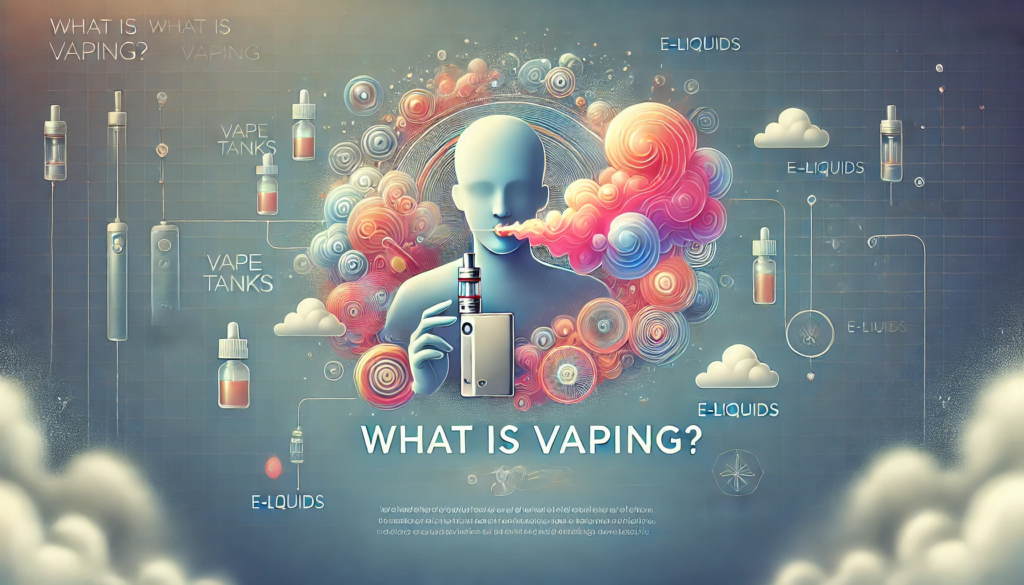Are Vapes and Juuls same Thing: Teen Health and Experience
Understanding the distinction between vapes and Juuls is essential for anyone curious about modern smoking alternatives. While both devices deliver nicotine in a vaporized form, their designs, target audiences, and impacts significantly differ.
Understanding the Core Differences
Device Design
Vapes encompass a variety of devices ranging from large mods to slim pens, while Juuls are compact, USB-shaped devices that prioritize discretion. The design choices influence usage patterns, making Juuls popular among younger demographics.
Nicotine Levels
Juuls typically contain higher nicotine concentrations, often using nicotine salts for a smoother throat hit. Conversely, vapes offer more customization, allowing users to select nicotine-free options or varied nicotine strengths, there are also some nicotine free vape pens also.
User Experience
Vaping provides a range of flavors and device configurations, appealing to hobbyists and long-term users. Juuls, with their simple design and limited flavor options, cater to convenience-focused individuals.
The Science Behind Both Devices
Mechanisms of Operation
Vapes utilize a battery-powered heating element to vaporize e-liquid stored in a tank or pod. Juuls employ similar technology but are optimized for pre-filled pods, minimizing user maintenance.
Heating Methods and Aerosol Production
Vapes often use coil-based systems, enabling temperature control. Juuls are streamlined, with fixed settings, leading to consistent aerosol production but less customization.

What Is Vaping?
An Introduction to Vaping Devices
Vaping devices include a range of styles, from sub-ohm tanks for cloud chasers to portable disposables. These options allow users to choose based on preferences for flavor, nicotine levels, or ease of use.
Popularity and Usage Trends Over the Years
From niche beginnings to mainstream adoption, vaping has evolved significantly. The rise of disposable vapes and social media campaigns has contributed to its widespread popularity.
Case Study: Teen Vaping Epidemic
Studies reveal that vaping among teens skyrocketed with the advent of sleek, user-friendly devices. For instance, a 2020 CDC report noted that 19.6% of high schoolers reported e-cigarette use, emphasizing the influence of targeted marketing.

What Is Juuling?
Evolution of Juul Devices
Juul’s journey began in 2015, revolutionizing the e-cigarette market with its pod-based design and high nicotine content. Despite its success, the brand faced backlash for its role in youth addiction external recourse on Juul.
Marketing Strategies That Captured Teens
Juul’s initial marketing included vibrant ads and social media campaigns appealing to younger audiences. This approach later led to lawsuits alleging targeted advertising towards minors.
Case Study: How Juul’s Design Targets Young Users
Lawsuits and studies highlight how Juul’s compact size, minimal odor, and trendy appearance contributed to its appeal among teens, with data showing over 60% of underage users prefer Juul over other devices.

Why Teens Prefer Juul Over Traditional Vapes
Convenience and Discretion
Juuls are portable and easy to conceal, making them attractive for teens seeking subtle nicotine use.
Peer Influence and Social Media Trends
Influencers and viral posts have glamorized Juul use, reinforcing its popularity among younger demographics.
The Long-Term Side Effects of Vaping and Juuling
Health Risks Linked to Juul
Juul users face unique risks due to its high nicotine content, including increased addiction rates and potential cardiovascular issues.
Comparative Analysis: Vaping vs. Juuling Health Effects
While both options pose risks, Juul’s high nicotine salts are linked to more severe dependency compared to traditional vape liquids.
Case Study: A Closer Look at Long-Term Users
A longitudinal study of Juul users reported heightened addiction symptoms, with participants struggling to quit after prolonged use compared to traditional vaping.
Vaping, Juuling, and Teen Health
Addressing the Addiction Crisis
Efforts to curb teen addiction include parental education, stricter marketing regulations, and FDA crackdowns on flavored pods.
The Role of Schools and Legislation
Educational programs and vape-free campus policies have been critical in reducing teen access and use.
History of Vapes and Juuls
Vaping: From Concept to Modern Trends
Originating as an alternative to smoking in the early 2000s, vaping has grown into a global phenomenon with diverse applications.
Juul: A Revolutionary Start and Its Controversies
Juul’s rise is a testament to innovation in vaping but serves as a cautionary tale of the consequences of aggressive, youth-targeted strategies.
Case Studies and Insights
Real-world data can help clarify the debate:
- User Demographics Comparison:
Surveys indicate that traditional vape users are often older, while Juul appeals disproportionately to young, first-time users. - Data-Driven Insights:
Reports suggest 25% of teens using nicotine devices started with Juul, highlighting its gateway potential.
Ready to Learn More About Vaping vs. Juuling?
The debate between vaping and Juuling underscores the need for informed choices. Whether you’re exploring the science or considering health implications, understanding these devices is crucial. Share your thoughts below or explore more on Vape Guru!




